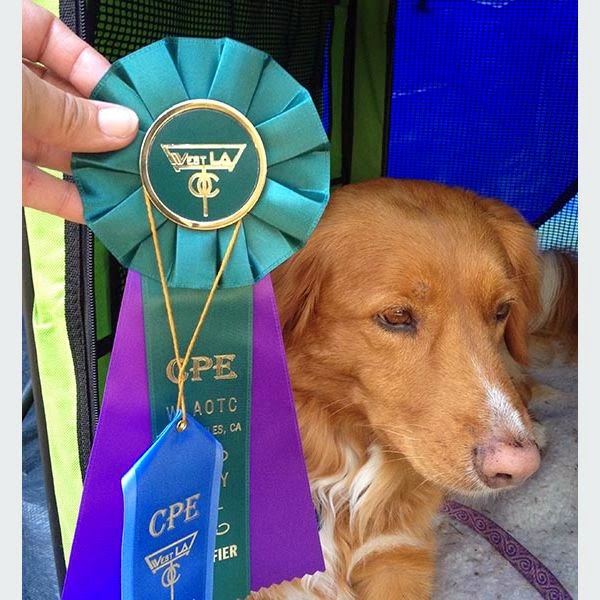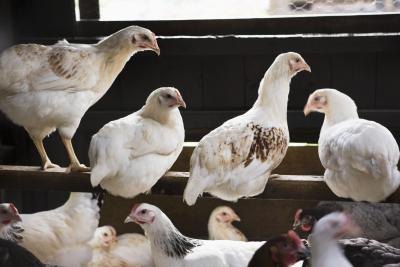There is no shortage of information out there on the internet about keeping backyard chickens, ducks, and other poultry for your household to enjoy for eggs and other benefits. Many websites offer places to purchase or even instructions to build your own coops, fences, and even mobile hen cages to keep your birds in one place, but what about keeping them fence-free?
Our flock is free to roam the yard – an option that has shown to have both benefits and a few setbacks. Considering these may help you decide whether to give your own flock the same level of freedom, or to keep them confined for their own safety.
The Pros
- One commonly known perk of keeping a small backyard flock is that they’ll help keep the bug levels down in your yard. This benefit only grows with the amount of ground that your birds are allowed to cover. My own flock tends to wander toward the wooded areas of the property during the day, both for protection and to eat the insects there. This is great for those of us who live in areas that are plagued by mosquitos in the summer.

- Chickens and other backyard fowl who are free to roam and eat insects all day require less feed than those with more limited space. Our flock’s diet is probably at least 75% grass and insects during the warmer months, with chicken feed serving as supplemental to their overall diet. This in turn means richer flavored, more nutritious eggs from your hens.
- If you have more than three or four laying hens, a fence-free flock can help to keep the peace between your chickens, roosters, and any other types of fowl you keep. Larger and especially multi-species flocks can lead to more frequent disputes and fights between your birds. Our own flock has about twenty birds in total, and it’s very common for us to witness a few scuffles when everyone is gathered in the same spot for food, roosting, or to get out of the rain. During the day, however, they scatter into fluid groups that wander around different areas of the yard, and a relative peace is kept. This is also great for those of us who raise chicks now and then, because jealous roosters or even other hens may peck at and even kill younger chicks.

- The most obvious reason for fencing in your flock is to protect them from predators. Raccoons, possums, dogs, and birds of prey such as owls and hawks are just a few common predators that may want their own chicken dinner. We’ve lost more than a handful of chicks and smaller birds over the years. Fences and covered areas can deter these predators and keep your flock safe and happy.
- If you like hunting eggs down every few days, then a fence-free flock is for you. Many birds will lay their eggs in the same nest for protection purposes, so it’s common to find eggs from several different hens in the same spot. After a few days of their latest laying spot being emptied, however, the hens will move on and look for a new place to build a nest. If you have a larger yard or one with a lot of nooks and crannies, your daily routine might include a daily egg hunt. Occasionally I’ve found large nests hidden away, and have been forced to toss any eggs I find there simply because I don’t know how old they are. One way to deter this is to use a wooden or plastic decoy egg. Placing one in an existing nest will encourage your ladies to lay their eggs in the same spot. You can also encourage your hens to lay eggs where you want them to by keeping them cooped up in a smaller area for a few days. Once they’re used to laying eggs in one area, they’re more likely to continue. Try combining this method with a couple of decoy eggs for the best results.
- Other dangers and risks your flock may face without a fence include traffic on busy streets or highways, or the fact that your birds may just wander off, exposing them to predators and other dangers. If you think these are likely, keeping your flock in an enclosed area is probably the better option.
Consider the size of your own flock, your yard, and whatever predators may be within range to cause trouble.Whether or not you decide to keep your backyard flock behind a fence has plenty of benefits and problems, no matter your decision, but taking all of your factors into consideration can help you determine the best option for you. Consider the size of your own flock, your yard, and whatever predators may be within range to cause trouble.
on .
http://www.fowlblog.com/2014/10/the-pros-and-cons-of-a-fence-free-flock/?utm_source=Copy+of+Why+Aren%27t+They+Laying%3F&utm_campaign=Pros+and+Cons+of+a+Fence+Free+Flock&utm_medium=email
..
..


















.jpg)
.jpg)

.jpg)

.jpg)



 .
.




 Buff Grace sitting in the nesting
box
Buff Grace sitting in the nesting
box Nesting boxes filled with fresh
herbs
Nesting boxes filled with fresh
herbs

 .A unique design from Flyte so Fancy, a Dustbath that doubles as a Feeder
Shelter - or - a Poultry Feeder Shelter that doubles as a Dustbath.
.A unique design from Flyte so Fancy, a Dustbath that doubles as a Feeder
Shelter - or - a Poultry Feeder Shelter that doubles as a Dustbath.